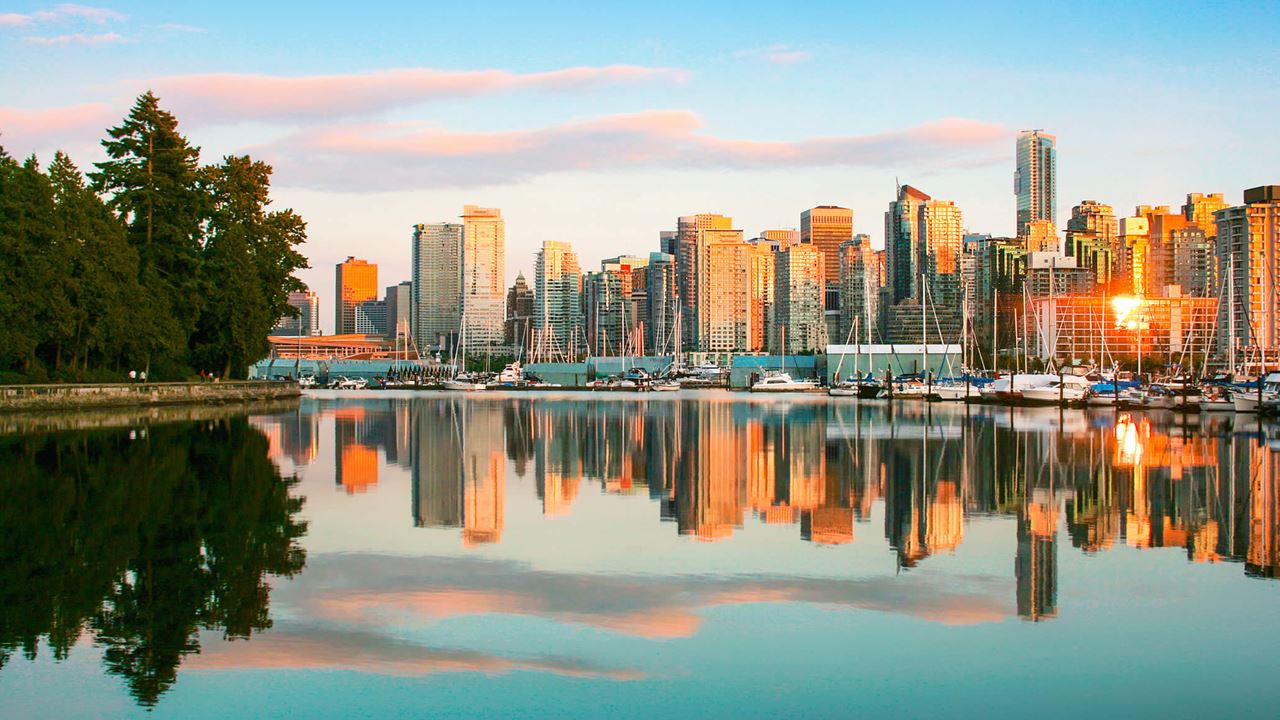Canada is the second largest country in the world, and is known by many as the land of lakes, hockey, and maple syrup. Canada is also a country that celebrates diversity, with more than a fifth of its multicultural population originally born overseas. If you’re thinking of heading to Canada to live or to work, it’s important to know how to get medical care if you need it – read on for our guide to the ins and outs of healthcare in Canada.
Choosing a family doctor
The first step in registering with a family doctor is to find a practice that’s currently accepting new patients. Some provinces have long waiting lists, and you could wait up to a year or more if you’re after a specific doctor. However, there are government-funded organisations to help you with your search, so be sure to check your province’s official health services website.
Once you’ve found somewhere, you’ll need to schedule a meet and greet appointment with the doctor’s office to go over the registration process. You’ll need to fill out some forms about your medical history, but make sure to bring a valid provincial health card with you or you won’t be able to register at all.
If you need an appointment, get in touch with your doctor’s clinic. If your own family doctor can’t see you, you may be referred to another doctor at the same clinic.
However, if you’re not registered with a specific doctor or clinic you can go to a walk-in clinic instead and wait to see a doctor on a first come, first served basis (which can take some time). For minor illnesses, you may be given the option of seeing a nurse or nurse practitioner (NP), which can significantly reduce your wait time at walk-in clinics.
Most Canadian provinces have their own non-urgent medical advice service, which you can access by calling your province’s local medical advice number (and are easily found by searching online). Translation services are often available.
If you’re stuck or have questions, the best thing to do is visit your province’s official health services website – the Canadian government website provides a list of provincial links here.
Seeing a specialist
If a doctor or nurse practitioner thinks you need to see a specialist, they can write you a referral.
Your doctor – or the nurse practitioner or doctor you saw – will usually contact the specialist on your behalf, and then the specialist’s office will get in touch with you directly to make an appointment.
If you're looking for a private specialist, you can use our provider finder tool to search for medical providers by speciality, name or location.
Emergencies
Dial 911 in the event of an emergency and a dispatcher will put you in touch with the emergency services you need.
Ambulance rides are generally not covered even by public health insurance, so some people opt to drive or be driven to hospital if they’re able to, or else claim the cost back from a private health insurance plan.
Upon arrival, you’ll be asked to show your Canadian public health insurance card.
If you don’t have one, aren’t covered by public health insurance, or have private health insurance, you’ll be expected to pay up front and file a claim with your health insurance company if you have one.
The hospital may also ask for ID and proof of address so they can send you an invoice.
Getting prescriptions
Both doctors and nurse practitioners can write prescriptions if they think you need them. You can pick up prescriptions at any pharmacy, with some larger clinics and hospitals also having their own pharmacies on site.
Canadian public health insurance doesn’t usually cover the cost of prescription drugs, meaning most native Canadians as well as expats have some form of private health insurance to cover them. Expect to pay anywhere between $100-300 CAD for a 90-day course of trade name drugs (for conditions such as diabetes or hypertension).
Depending on your insurance policy, you can present your insurance card to the pharmacist along with your prescription and they may be able to bill your insurance company directly.
If you need a repeat prescription, the doctor or nurse practitioner can make a note on your prescription.
Online repeat prescriptions are also widely available, with big pharmacy chains such as Shopper’s Drug Mart and Rexall (as well as many smaller pharmacies) offering this service.
You can usually collect prescriptions for other people, but make sure to check how this works in your province with your doctor or local pharmacy.
Dentists
Canadian public health insurance doesn’t cover dental or orthodontic services, meaning all Canadians (and expats) must pay for their own dental care (which can be very expensive) or get private health insurance in Canada that has dental cover.
The easiest way to find a dentist in Canada is to check out your province’s dental health organisation’s website – you can find a full list there.
When you visit a dentist for the first time, they’ll always do a new patient exam (and won’t provide any treatment without one except in some emergency cases). You should also make sure you have access to previous dental records beforehand.
A dentist can also refer you to see a specialist, or for oral surgery.
Don’t be surprised if…
- your healthcare services are dealt with by your province, not the federal government
- your province’s system operates slightly differently from those in other provinces
- a service costs you more (or less) in a different province
- you find it difficult to find medical services in English in Quebec, especially outside of Montreal
- marijuana is offered legally as a prescription option for certain health issues
The information in this article is correct at the time of publishing.
Sources
1. https://livelearn.ca/article/about-canada/10-basic-things-to-know-about-canada/

